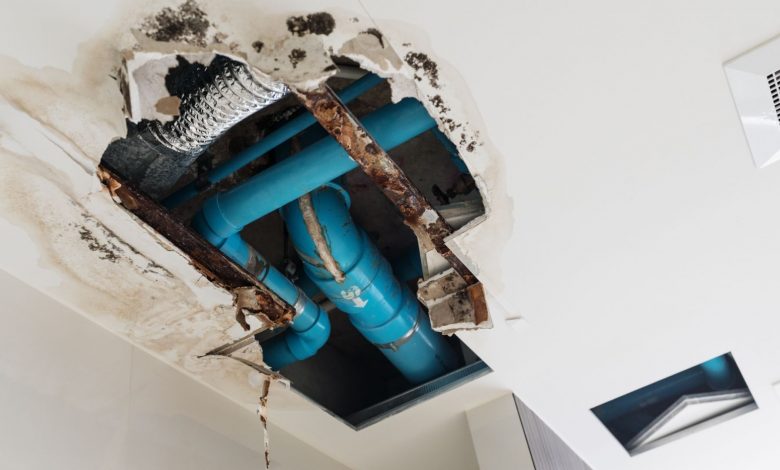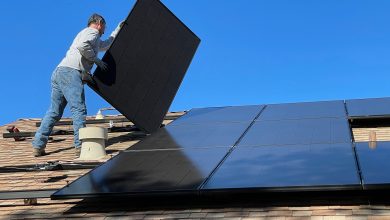
Water leaks can be devastating. Not only do they waste water, but they can also potentially cause much damage to our homes. Unfortunately, it can be difficult to tell whether you’ve sprung a leak as most pipework is hidden. However, there are some things to look out for. This article by a London property maintenance company who specialise in detecting leaks outlines the most common causes of leaks.
Five Signs that Could Indicate a Leak at Home
Broken Seals. Once an appliance has been installed, seals are usually placed around the water connectors. However, they also exist in places like dishwasher doors. As appliances age, seals can wear out and break down as they are made from PVC. When this dries out, it becomes brittle and inflexible and starts to split. Look out for condensation on your appliance or puddles of water on the floor. They are early signs the seals might be defective.
Corrosion. Old pipework can corrode and rust in time. Although copper doesn’t usually rust, certain chemicals or compounds in the water can cause corrosion. If you have the old-style stainless steel pipes, again, they probably won’t rust very much. However, everyday materials like bleach or salt can corrode them because they contain chloride ions. So, avoid pouring these substances down your sink. Check your pipes for warping or discolouration and ask a plumber to check them if you’re concerned.
High Water Pressure. Pipework can be put under strain if it’s experiencing uneven or excess pressure. Most commonly, the supplier is the cause of this, especially in places with lots of hills or tall buildings. Water needs to be pumped at higher pressure to reach these places. The standard pressure range is between 45 and 55 pounds per square inch (PSI). Most pipes and taps can only withstand a certain amount of pressure, and if it’s too high, leaks can occur. If you’re worried about high water pressure, get a plumber to measure it.
Intruding Tree Roots. In many cases, water leaks occur outside the home, not inside. Tree roots entering water lines are a common problem. Roots take advantage of vulnerabilities in pipework, growing through them and making the crack even worse. Roots can also develop around leaks as they are attracted to the moisture. While they absorb the moisture, the surrounding soil dries out and causes pipe movement, making any cracks even worse.
Temperature Fluctuations. Rapid changes in temperature cause pipes to expand and contract much quicker, resulting in possible cracking. However, pipes can thin naturally as they age. If you notice your water bill is higher than usual and you’re not sure why, it could be a sign of a leak. Other things you might notice include a musty smell around a drain, or a pressure drop. Once again, you are advised to contact a local plumber if you have any concerns.



